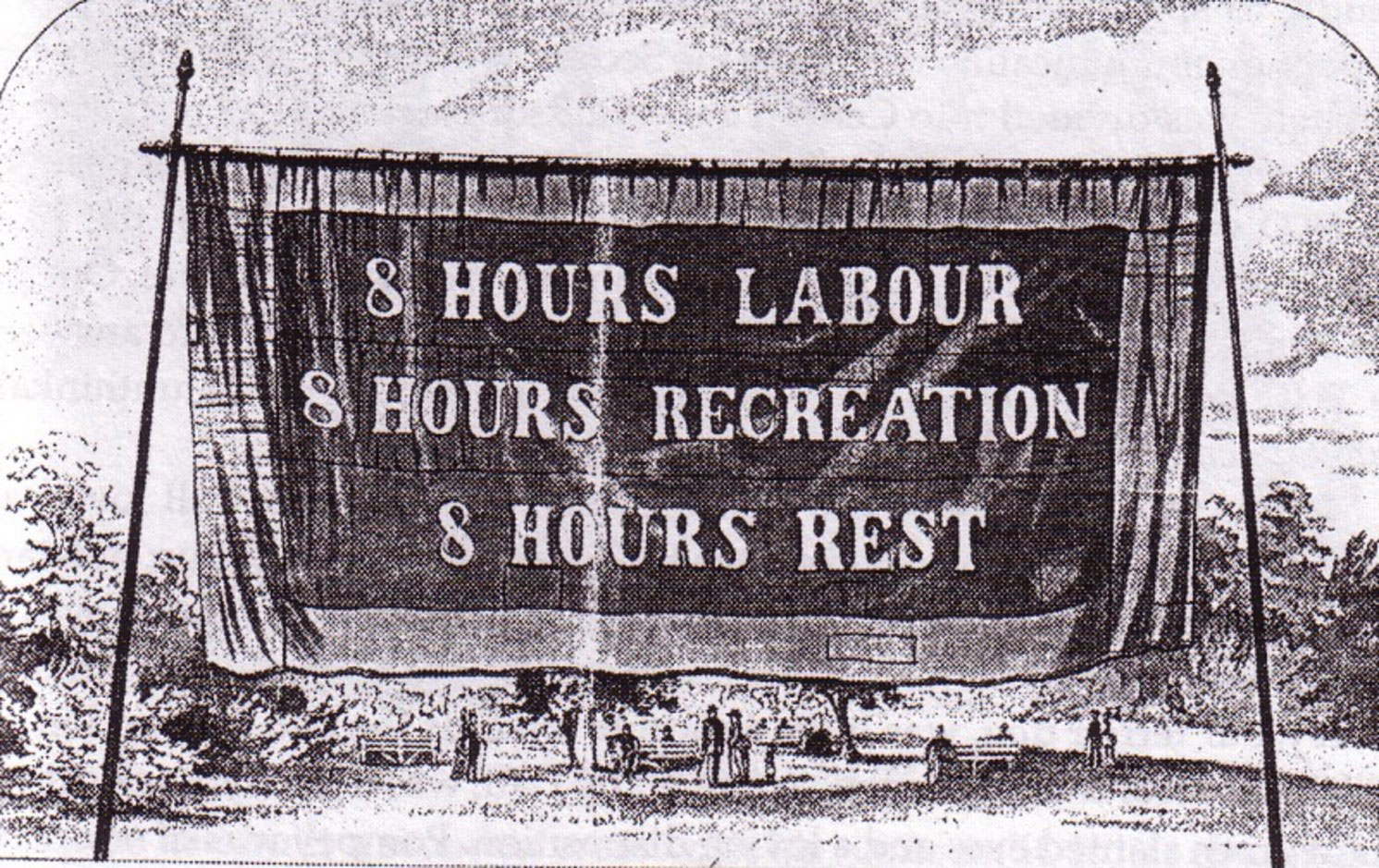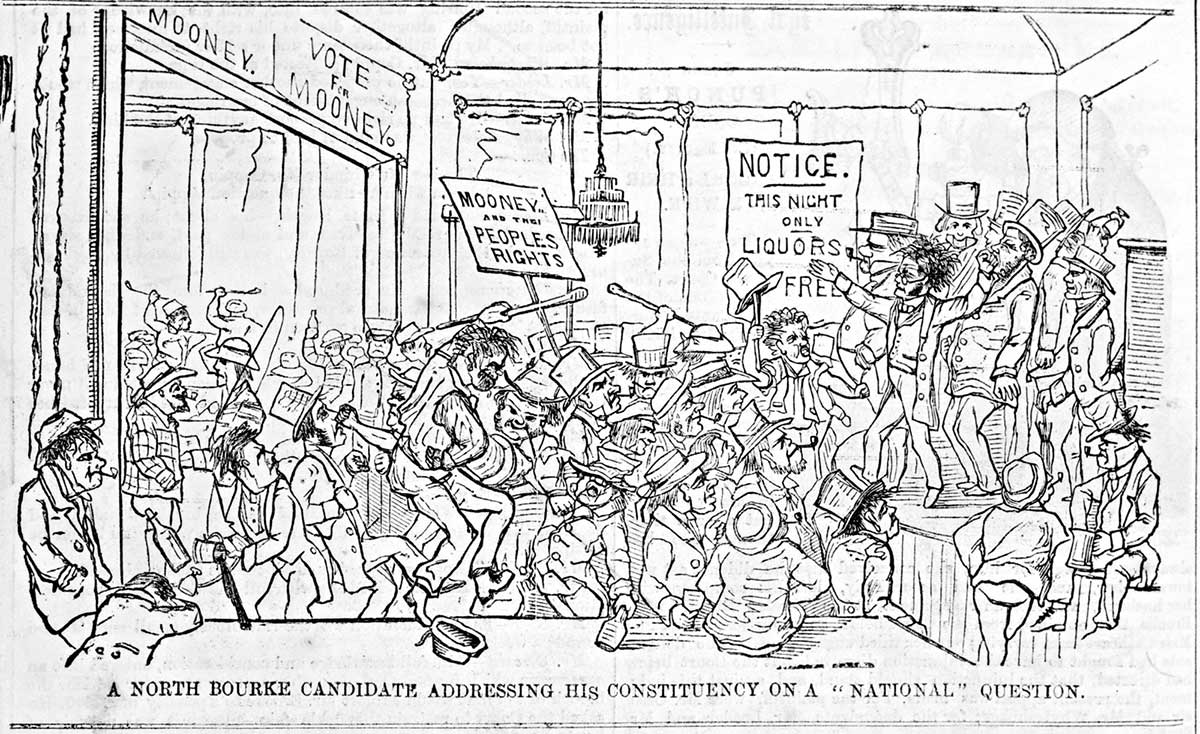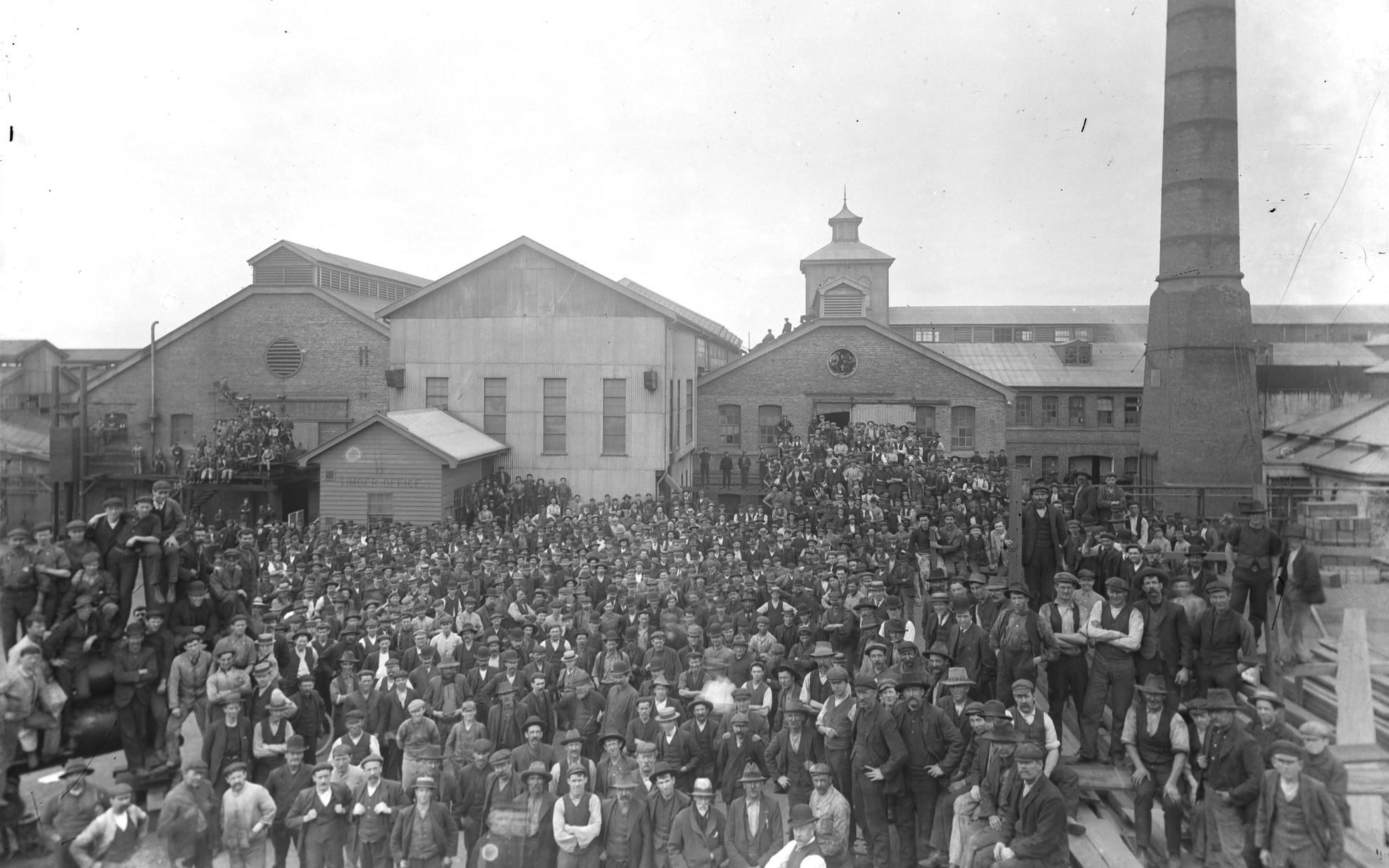Learning module:
Industrial Revolution Defining Moments, 1750–1914
Investigation 3: The Industrial Revolution: Australia and Ideas
3.3 Social welfare

Introduction
The conditions created during the Industrial Revolution — the factory system, employment of children, long working hours, and poor working and living conditions — led to demands for social improvements.
One possible solution that developed was socialism. Under this solution, the state or government would determine what was produced, by whom, where it was produced, and for what price. The state would therefore provide everything a person would need, and people would all be treated equally. It would be state support from cradle to grave.
This was the opposite of the economic force that was driving the Industrial Revolution, capitalism. Capitalism supported the right of the individual to create profit-making enterprises, free from government control. The market would determine what should be produced, and what price people would pay for it. Under this system there would be great inequality. Those who were unable to work would effectively be left to the private care and charity of others. This was a system of great winners and great losers.
The third approach was liberalism. There were many varieties of liberalism, but basically it involved supporting capitalism but with the protective elements of socialism. The role of the state or government was to interfere as little as possible with the market forces that drove production, distribution and consumption of goods and services.
However, liberalism also protected people’s human rights. People were free to show initiative and seek to better themselves economically, but not at the expense of others. The mass of able working people would be protected by the state or government setting minimum wages, maximum hours of work, and basic working conditions. The state would provide the basic support of a ‘safety net’ protection to those who needed it most.
Look at these developments in Australia and decide if they reflect socialism, capitalism or liberalism.
| The eight-hour day | The ‘Harvester Judgment’ | Age and invalid pensions | Maternity allowance |
The eight-hour day
Read the Defining Moment in Australian history: 1856 Melbourne building workers win an eight-hour day and answer the following questions.
1. Who was first to achieve the eight-hour day?
2. How were they able to achieve it?
3. When did others also achieve it?
4. Why was it an innovative idea?
5. Which Industrial Revolution idea did it reflect: socialism, capitalism or liberalism?
The ‘Harvester Judgement’
Read the Defining Moment in Australian history: 1907 Justice HB Higgins hands down ‘Harvester Judgement’ and answer the following questions.
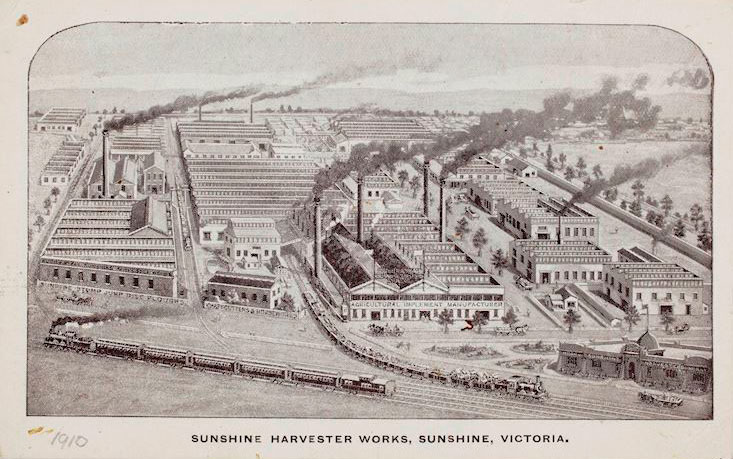
6. What was the ‘Harvester Judgement’?
7. Why did Justice Higgins have the authority to make this judgment?
8. The judgement was about a ‘basic wage’. What did the judge decide were the key principles behind setting a basic wage?
9. What impact did this decision have?
10. Why was it an innovative idea?
11. Which Industrial Revolution idea did it reflect: socialism, capitalism or liberalism?
Age and invalid pensions
Read the Defining Moment in Australian history: 1908 Legislation introducing national age and invalid pensions and answer the following questions.
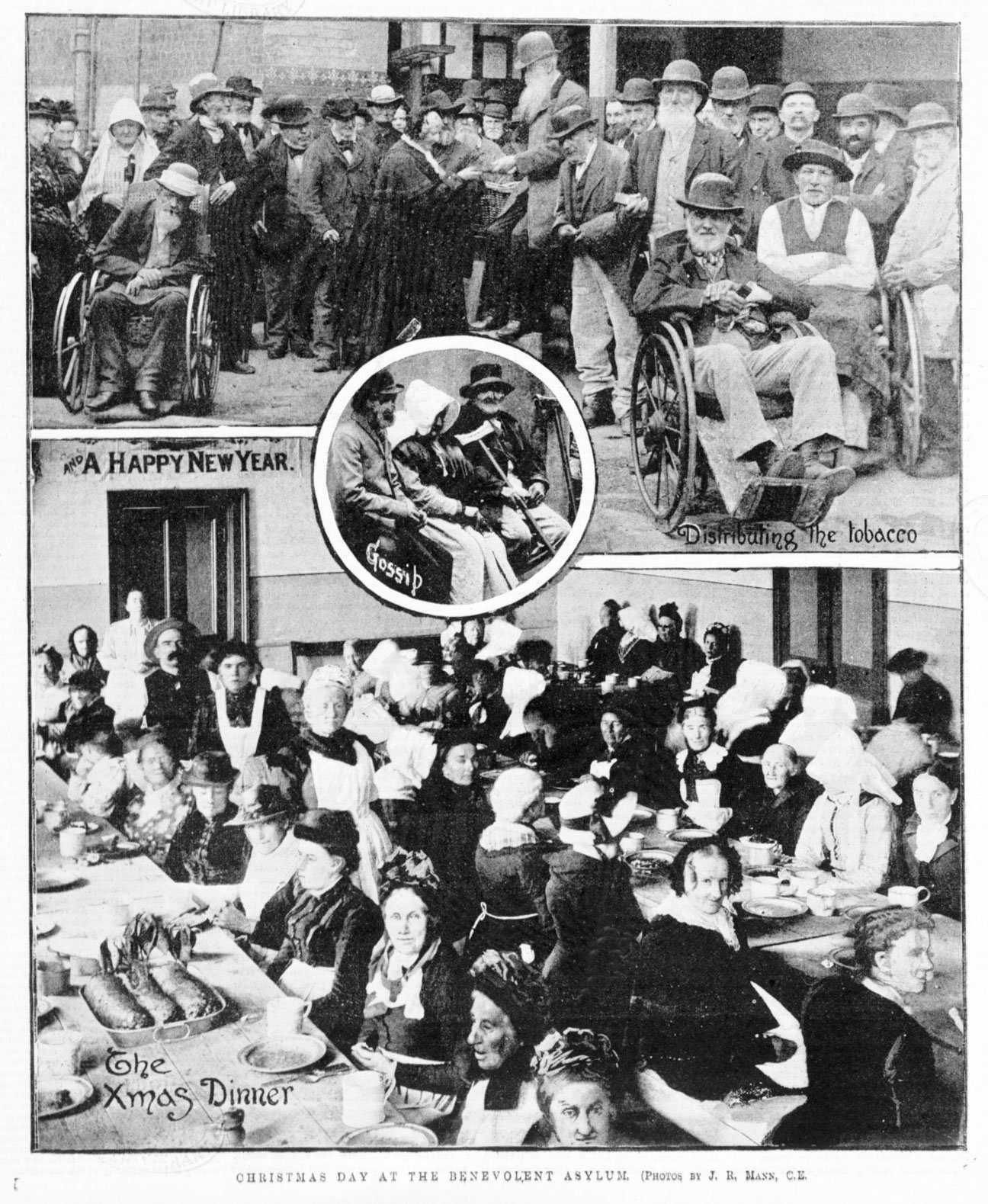
12. What was an ‘age pension’?
13. Who was eligible for an age pension?
14. Why were the invalid and age pensions introduced?
15. Who introduced the pensions?
16. What proportion of the population was it expected to affect?
17. Why was it an innovative idea?
18. Which Industrial Revolution idea did it reflect: socialism, capitalism or liberalism?
Maternity allowance
Read the Defining Moment in Australian history: 1912 Australian Government introduces a maternity allowance and answer the following questions.

19. What was the maternity allowance?
20. Who was eligible to receive the maternity allowance?
21. Why was it an innovative idea?
22. Which Industrial Revolution idea did it reflect: socialism, capitalism or liberalism?
23. What impacts did the development of ideas about social welfare during the Industrial Revolution have on Australia?
24. All these ideas were implemented in Australia before they were implemented in Britain. Why do you think ideas that developed in Britain might be implemented in Australia before they were implemented in Britain?






